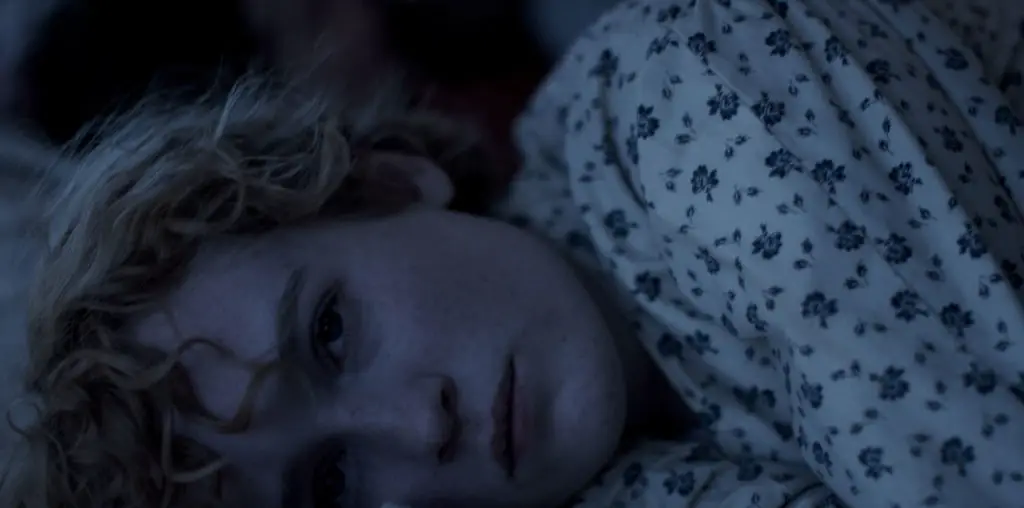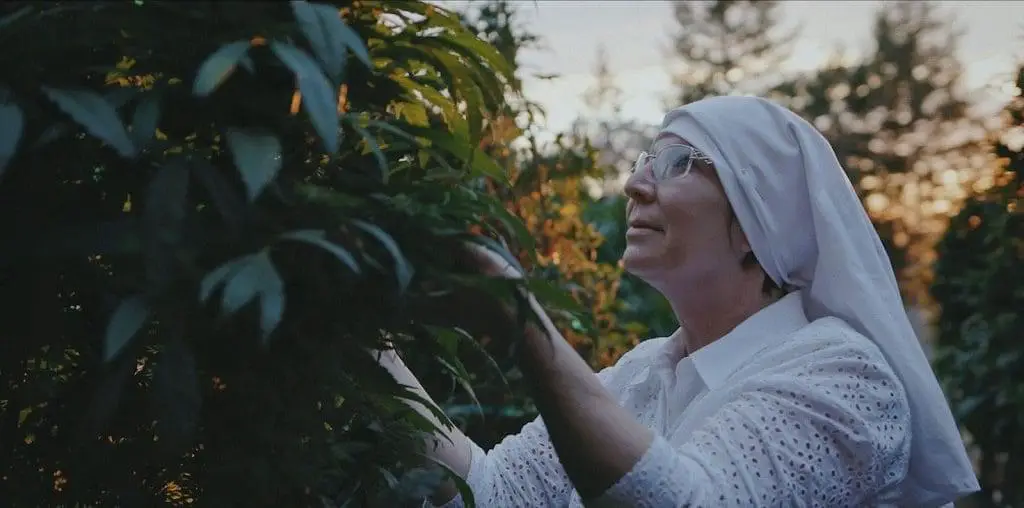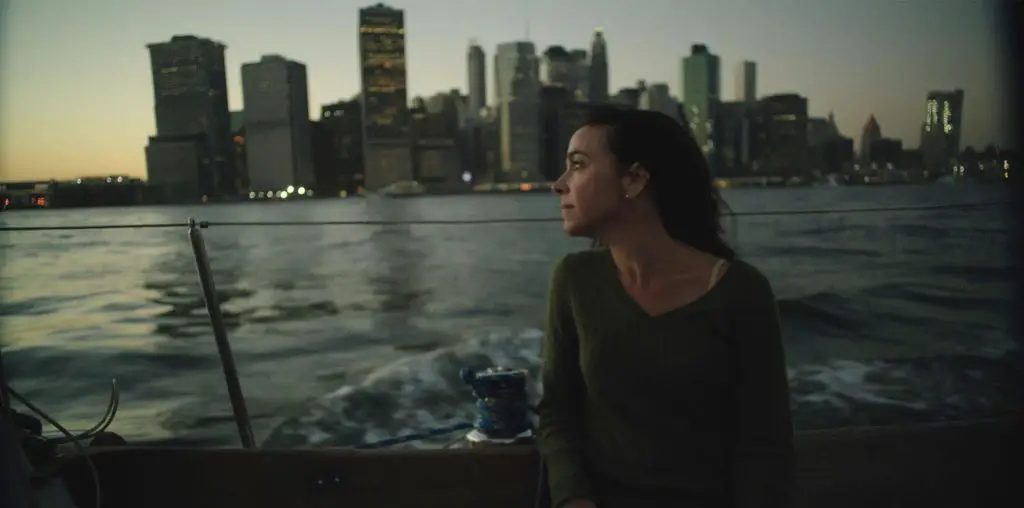
Ever see a movie and then talk to people or read about it only to end up with the feeling you must have seen a different version than the one everybody else was shown? That’s pretty much been my experience in the case of the latest Harry Potter installment. My thirteen year old son insists it’s the best of the three. Review after review has hailed it as a reinvigoration of the franchise and credited director Alfonso (“Y Tu Mama Tambien”) Cuaron with conjuring its darkest, most psychologically nuanced adaptation to date.
All I can say is I must have missed the greatest five minutes in the history of cinema when I made that run to the mens room. Here’s what I did see:
Daniel Radcliffe, Rupert Grint and Emma Watson regroup at Hogwarts for the new academic year. As happens every academic year, the place’s staff has remained more or less the same with the exception of a particular position. Each year seems to bring a new Defense Against the Dark Arts instructor. Kenneth Branagh’s preening, self- impressed Gilderoy Lockhart has been succeeded by the tweedy, mild mannered Professor Lupin, a teacher with a secret played by David Thewlis.
The big news on campus this time around involves the recent escape from prison of Sirius Black. Black, we are led to understand, is a violent, spellcasting desperado who played some part in the death of Harry’s parents and now has set his psycho sights on the young wizard himself.
Like all Harry Potter movies, this one is too long by half or so. For the better part of two hours we wait for Gary Oldman to arrive on the scene and wreak black magic havoc. In the meantime, what we’re treated to is less a story than a series of vignettes. Actually, vignettes may be too generous. A leisurely and loosely connected succession of excuses for showcasing J. K. Rowling concoctions is more like it.
The first is a scene in which Harry’s gasbag of an aunt makes disparaging remarks about his late parents, prompting him to cast a spell which inflates her into a blowhard balloon that floats noisily into the night. Later, at school, Harry and the gang are introduced to the Dementors, a legion of flying Grim Reaper-style correction system spooks which have surrounded Hogwarts in an effort to intercept Oldman. They’re clad in ragged gray robes from which skeletal hands protrude. And then there’s the picture’s other digital showpiece, the hippogriff. Harry befriends the flying creature-half horse, half bird-and is treated to a high altitude ride reminiscent of the ones he customarily enjoys aboard his broom during rounds of Quidditch.
Clearly this is Rowling at less than her whimsically inventive best. The inflatable aunt will bring to postteen minds the great expanding gourmand in “Monty Python’s The Meaning of Life”. The Dementors are not a lick scarier than the Grim Reaper in the Bill Murray movie “Scrooged” -and that was a comedy.
What has me totally perplexed are the reviews that go on about the film’s inspired depiction of Harry’s transition to adolescence, first encounter with hormones and moving display of teen angst. In the version of the film I saw, Radcliffe certainly had left ladhood behind and sprouted into a handsome young man, but, a few additional inches of height aside, I didn’t notice a whole lot of difference in the wizard. Harry’s brooded over the loss of his mother and father since the first chapter. His angst hasn’t anything to do with hormones. And, unless it happened while I was in the bathroom, he didn’t so much as contemplate putting the moves on Hermione. I haven’t a clue what these critics are talking about. This is a Harry Potter who, believe me, is in no danger
of being mistaken for Holden Caulfield.
I’m baffled also as to why anyone would regard this installment as darker than either of the others. “The Chamber of Secrets”, after all, unleashed a murderous giant serpent on innocent children for god’s sake. Exactly how is the presence of underfed floating prison guards more terrifying than that?
When Oldman finally arrives, “The Prisoner of Azkaban” offers a twist many may find anticlimactic and a time travel trick that’s jolly enough fun but then screeches to a halt with a freeze frame leaving storylines dangling and plot points unexplained. I hesitate to contradict the fruit of my loins (especially now that he’s nearly my height) but the third time seemed anything but charmed to me. Cuaron can’t be blamed for shortcomings in the source material, of course, but he did depart in a number of respects from the approach perfected by Chris Columbus, the previous films’ director, and aside from recruiting the splendid cinematographer Michael (“Angela’s Ashes”) Seresin, I can’t see how changes he made are for the better.
If my moviegoing experience was magical in any way, it was only in that I once or twice nodded off for a spell.
Disagree with this review? Think you can write a better one? Go right ahead in Film Threat’s BACK TALK section! Click here>>>


